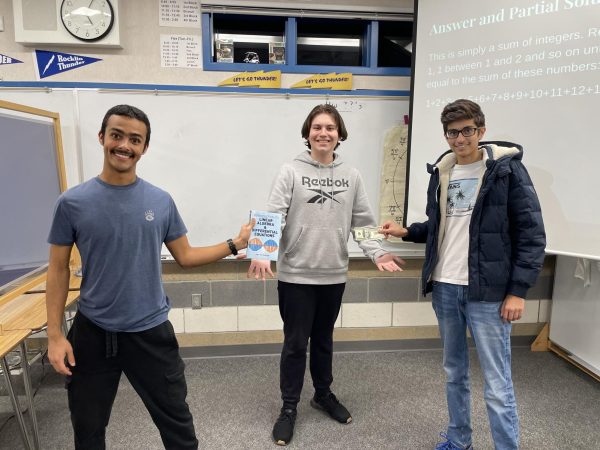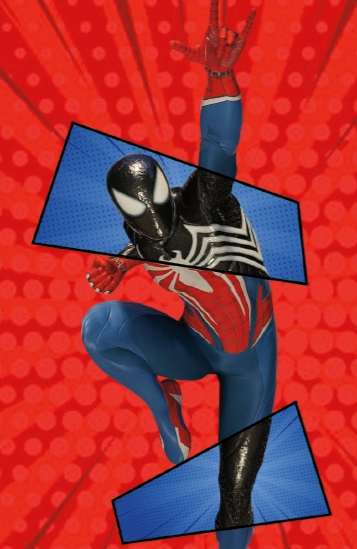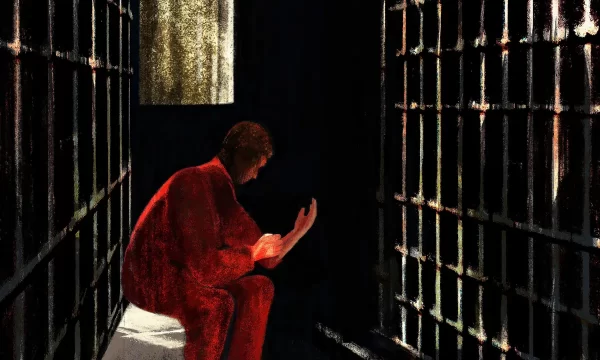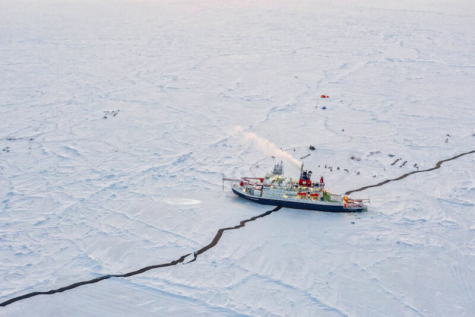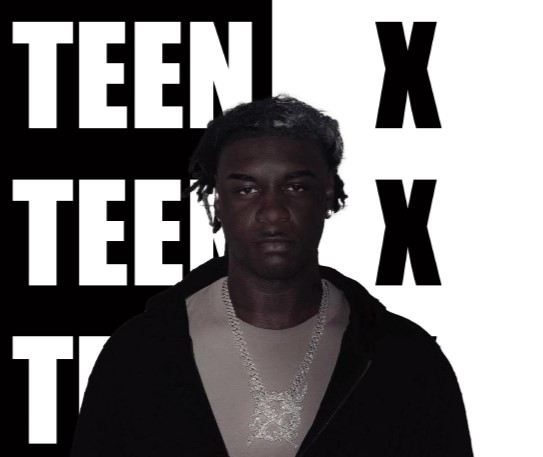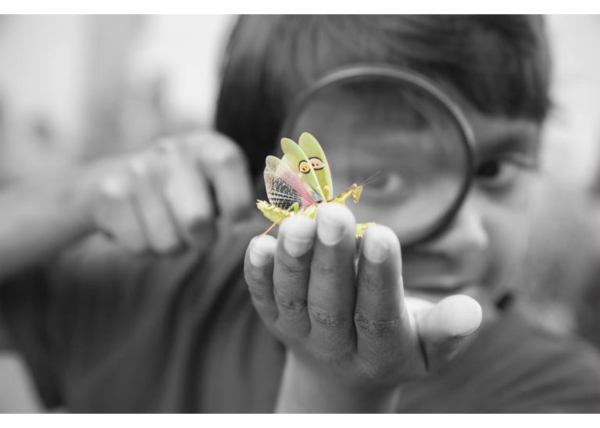Little Robots Protect the Planet
NASA and the UN have finally created a plan to protect humanity from asteroids and comets
To make the most cliche analogy I can, it’s an event that most consider to be the fate of the dinosaurs that previously populated our planet. The event was the impact of a huge asteroid, big enough to wipe out an entire form of life across the planet. The UN General Assembly is expected to adopt a plan that would hopefully prevent such an apocalyptic catastrophe from happening again.
Last week a plan was introduced that would create an international network to identify threats and neutralize them. This group would consist of pretty much all major space programs in the world and they would all work together to develop a system to alter the orbit of potentially dangerous asteroids into a safe path.
NASA has mapped most asteroids in our solar system that could potentially do things like destroy the earth and kill everything on it, but there are many others that would have less extreme effects. The goal of this alliance is to map out as many asteroids as possible in order to be prepared to act if one decided it wants to give earth a hug.
If an asteroid or comet does end up on a collision course with us, the current plan is to send an army of little robot rockets to push the asteroid just slightly, but just enough to miss earth. It may seem improbable, but the smallest of changes can really make a difference in space due to Newton’s first law of motion and the lack of forces in space.
Since this is a worldwide effort, the tab would be split across all the participants. Former astronaut Tom Jones estimates that this operation would have a price tag similar to the Curiosity Rover, $2.5 billion. It is highly likely that the plan will be adopted, and having global support eliminates many risks.
When I read this, my first thought was FINALLY! It has taken far too long for someone to take action in this field, considering the fact that an asteroid can kill all of humanity. I’m glad that the UN stepped up into a place where America is increasingly falling behind. No one seems to understand the importance of our space program and what it could do if we invested in it.
This problem of earth-shattering asteroids has been fairly prevalent this year. On February 15 a 1,300 foot wide asteroid passed within the orbit of the moon, and Bill Nye made the statement that it passed through the place where earth was just 15 minutes before. On that same day, a meteor that was just 60 feet across smashed into the atmosphere above Russia, injuring nearly 1,500 people. This meteor was the largest to enter the atmosphere in over 100 years, and it was completely undetected until it hit the atmosphere and exploded, showing the cities below with huge chunks of rock.
Just a few months later in early May the world received some very relieving information about Apophis, an asteroid over 1000 feet in diameter. In 2004 Apophis was given a 2.7% chance of hitting earth in 2029, but as more information was gathered that chance was ruled out. However, new information suggested another disastrous series of events. In 2029 Apophis will pass ridiculously close to earth, closer in fact than our geosynchronous communication satellites. It will even be visible to the naked eye from earth’s surface in certain areas. While this was the original dangerous pass, it was discovered that Apophis may pass through a “keyhole” next to earth. This keyhole would be the place where earth’s gravity alters the orbit of Apophis enough to impact the earth on its next orbit in 2036.
To put that in perspective, that’s a football stadium sized piece of rock that would hit the earth at somewhere around 25,000 mph. Apophis set the record for most dangerous asteroid ever on both the Torino Scale and the Palermo Technical Impact Hazard Scale. Fortunately, scientists in May deduced that it will not pass through the keyhole in 2029, and consequently will not kill us all seven years later.
Call me crazy, but part of me was disappointed. Not just because such an impact would be incredible to observe, but because it seems like only under impending doom would NASA be given the funding it deserves. In my perfect world, the asteroid would end up passing through the keyhole and everyone races to stop it, NASA gets all the funding it needs and then it is discovered that the moon would get in the way and take the bullet for us. That way we could have a space program that actually has enough money to do something, and we could choose whether or not to observe the impact of such an asteroid without any chance of life being lost.
Thankfully, none of us will die and the UN still realized the importance of asteroid defense. This plan will probably be the ISS of my time in terms of diplomacy. It is important to remember that The ISS was announced in 1993, just two years after the end of the cold war. Russia and America, just a few years after nearly obliterating each other with nuclear missiles, joined their existing space stations and planned to add more modules with contributions from other nations. The ISS is arguably the greatest achievement for diplomacy in history, and now the UN will probably create the opportunity for such an achievement on a global scale, with our very existence in the balance.





